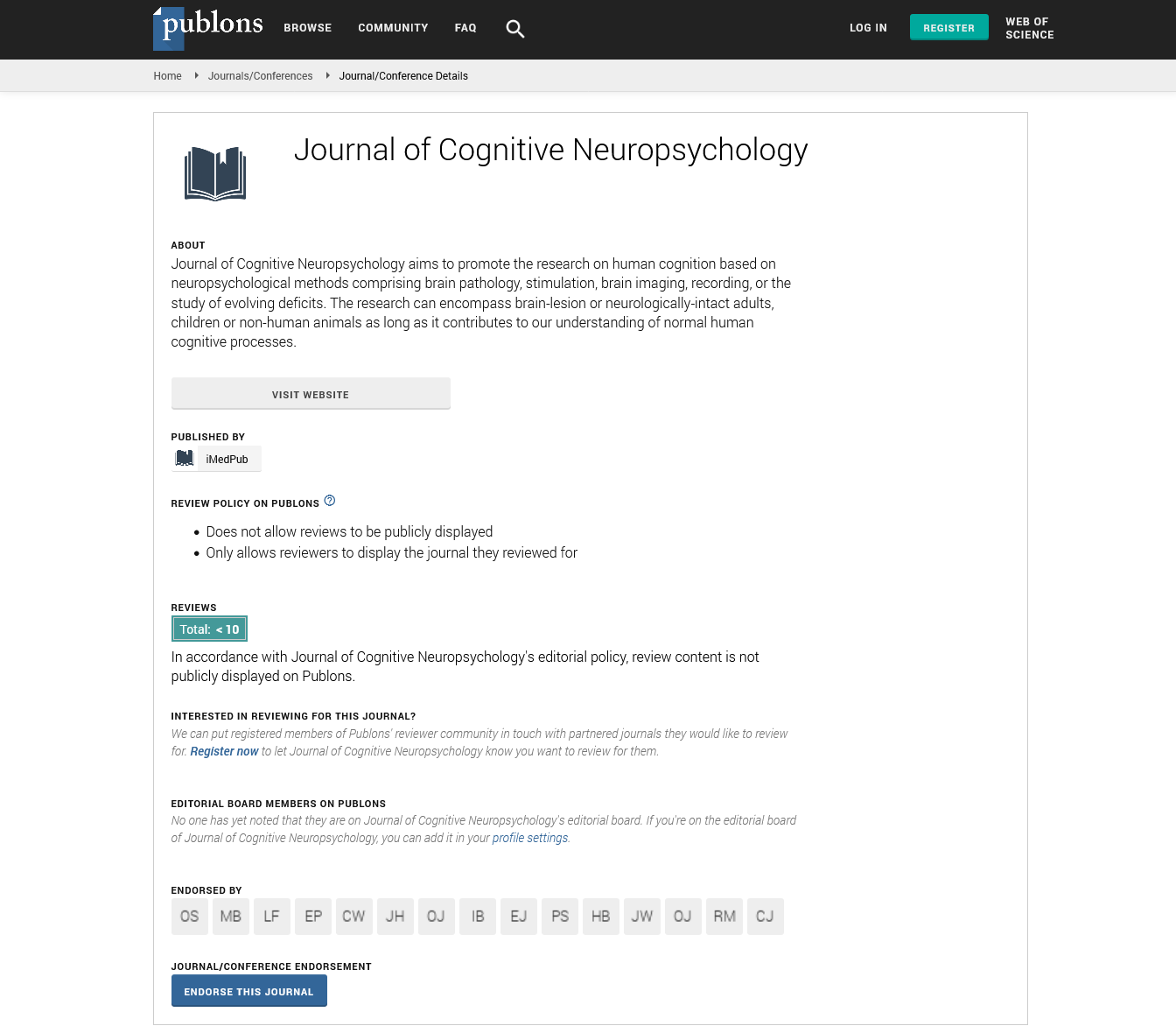Abstract
The Impact of Physical Exercise on Brain Health and Physiology of Depressed Individuals
Mental disorders highly contribute to the leading causes of disability and premature mortality.
The life expectancy of adults with mental illnesses is significantly less than that of the general population (Fraser et al. 2015). However, previous research has shown that physical activity has positive outcomes on mental health. Physical activity was shown to positively influence quality of life in geriatric population as well as in patients recovering from cardiovascular surgeries. Moreover, physical activity is often recommended for patients with cardio-metabolic risk factors as well as in patients with depression. Fraser also reported that low levels of physical activity have been associated with negative body attitude in adults with binge eating disorder, low self-efficacy and medical co-morbidities in adults with bipolar disorder, and negative symptomology, cardio-metabolic comorbidity, low self-efficacy and social isolation in adults with schizophrenia. Therefore, a general consensus is that adults with depression symptoms should be involved in regular physical exercise.
Exercise is a long term, low cost treatment for people with depression. However, it is challenging to initiate the changes and stay committed to exercise if people had no prior exposure to exercise. Therefore, in more severe cases of depression people should be involved in supervised exercise training in addition to counseling as well as possible prescription of medication.
Exercise had been also used to treat and help with addiction withdraws were craving for drug have been replaced by “runners high”. Runners high are a physiological response that is mediated by production of opioids and endocannabinoid. Fuss et al. reported that running exercise increases blood levels of both β-endorphin which is an opioid as well as anandamide that is an endocannabinoid. An opioid is a compound resembling opium in addictive property and/or physiological effect, while endocannabinoids are defined as the endogenous ligands of cannabinoid receptors that are involved in the regulation of several physiological conditions and numerous diseases. Moreover, Fuss et al. established that anxiolysis depends on intact cannabinoid receptor 1 on forebrain GABAergic neurons and pain reduction on activation of peripheral cannabinoid receptor 1 and cannabinoid receptor 2. Therefore, he demonstrated that the endocannabinoid system is crucial in runner's high. Based on those findings it is possible to conclude that exercise should be implemented to help people with depression to stimulate GABAergic neurons to stimulate natural feeling of euphoria.
Major depressive disorders are usually characterized by decreased amount of glutamate and GABA, which are returned to normal levels when mental health is restored.
Regulation of neurotrophic factors, inflammatory mediators, and neurotransmitters secretion is altered by exercise and has an effect on brain function. Among these effects, secretion of neurotransmitters, especially monoamines, have been linked to the exercise-induced neuronal adaptation. Ling and Kuo reported that nterplay between exercise and monoamines was initially derived from the “Central Fatigue Hypothesis”, in which increased brain 5-HT release was found to be associated with central fatigue. 5-hydroxytryptamine receptors (5-HT receptors) or serotonin receptors, are a group of G protein-coupled receptor and ligand-gated ion channels found in the central and peripheral nervous systems. 5-HT is known effects on sleep, lethargy, and loss of motivation. Results of the previous studies showed that exercise-induced central fatigue is more complex and depends on the intensity and duration of exercise. Moreover, it is known that overtraining exercise may stimulate hyperactivation of the monoamine systems which could cause fatigue. Therefore, supervised exercise training should be prescribed in individuals facing depression symptoms. Moreover, appropriate intensity and mode of exercise should be administered for the individuals undergoing depressive symptoms. Ling and Kuo, 2013 reported that exhaustive treadmill exercise reduces noradrenaline levels in the hypothalamus and brain stem. Noradrenaline is a substance that is released predominantly from the ends of sympathetic nerve fibers and that acts to increase the force of skeletal muscle contraction and the rate and force of contraction of the heart. However, chronic moderate exercise has been recognized as one of the most effective ways to enhance the adaptation/plasticity of the central nervous system. Farholm suggested that it is vital for health-care practitioners to emphasize creating a need-supportive environment when organizing physical activity because such an environment is associated with increased autonomous motivation for physical activity and mental health-related quality of life. Quality of life and mental health are highly correlated and therefore, it is highly important to emphasize the variables that can possibly benefit individuals that face difficulties with motivation, functioning, and mental health in general. Based on the finding of the previous studies it is obvious that exercise facilitated positive physiological changes within human body. The exercise mode and intensity, however, should be closely analyzed by a professional prior to administering it to the individuals that are facing chemical imbalance in the brain.
Different modes of exercise may elicit variety of benefits and therefore, a progression in exercise programming should be a focus of physiologists or exercise specialist.
We can say that people who are involved in regular physical exercise are less susceptible to fall for psychological well being or better at managing their physical as well as mental well being compared to people who are not involved in physical exercise.
2. Acknowledgements
The authors would like to thank the members of Non-Linear Science Research Group for their health and support.
Author(s): Preet Sharma
Abstract | PDF
Share This Article
Google Scholar citation report
Citations : 8
Journal of Cognitive Neuropsychology received 8 citations as per Google Scholar report
Journal of Cognitive Neuropsychology peer review process verified at publons
Abstracted/Indexed in
- Google Scholar
- Publons
- MIAR
Open Access Journals
- Aquaculture & Veterinary Science
- Chemistry & Chemical Sciences
- Clinical Sciences
- Engineering
- General Science
- Genetics & Molecular Biology
- Health Care & Nursing
- Immunology & Microbiology
- Materials Science
- Mathematics & Physics
- Medical Sciences
- Neurology & Psychiatry
- Oncology & Cancer Science
- Pharmaceutical Sciences
